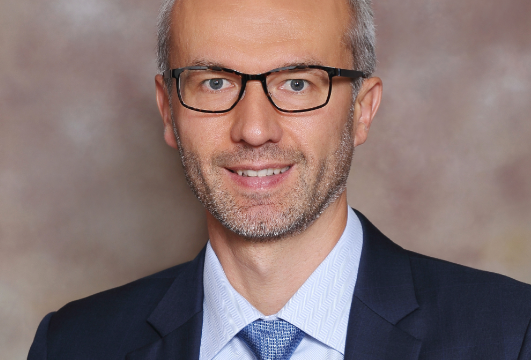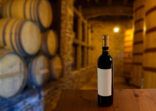Thomas Poullaouec, T Rowe Price
This year has been a difficult year for investors. In 2017, only 1% of 70 different asset classes had negative returns. However, that number has gone up to 89%, Poullaouec said during a recent media briefing in Hong Kong.
“We are not in an environment like when the tech bubble burst in 2001 or the great financial crisis in 2008. So we have not seen massive dislocations like a 30% drawdown or more in equity markets. But we are seeing very challenging times for investors to make money this year.
“Unfortunately, 2019 is not looking to be any better, so I don’t have that great news.”
Setting up defense
The firm is defensively positioned and is now underweight equities and overweight bonds, according to Poullaouec. Another firm that has gone defensive is Pinebridge.
“The risk is skewed to the downside with equity, so we now tend to favour fixed income, even if some [of the asset class] is also challenged,” he said.
Key concerns include peak economic growth and peak earnings globally.
“We have peak growth, especially in the US where the economic momentum going forward is likely to be slowing down,” he said, but noted that it is not going to be a “freefall”.
Earnings have also crested, he believes. Last quarter, US listed companies on average had at least 20% earnings growth.
“We are expecting high single digit earnings growth next year, but we are coming from a high base, and that also explains the trajectory and the lack of positive sentiment around global equities when you have both economic growth slowing down and earnings slowing down.”
APAC equities
Within equities, Poullaouec prefers emerging markets over the US.
“Valuations got better, especially for everything outside the US. So that is why we are positioning our portfolio with an overweight outside the US,” he said.
Anh Lu, Hong Kong-based lead portfolio manager for the firm’s Asian ex-Japan Equity Fund, added that valuations for Asia-Pacific equities have corrected back to long-term averages.
“Usually, that’s a good technical indicator for a buy signal.”
Lu acknowledged the slump in Asia-Pacific equities this year. However, she believes that the downturn was mostly caused by the appreciation of the US dollar rather than earnings downgrades.
“The region had around a 16% negative return. But if you break that down, a lot of that is currency related. For earnings, we’re still expecting high single digits in 2019,” she said.
Poullaouec added that the strength of the US dollar is moderating, with some of the Asian currencies recovering.
T Rowe’s Global Allocation Fund, a multi-asset fund which is registered for sale to accredited investors in Singapore and managed by Charles Shriver, has a 56% allocation in equities, versus the 60% allocation in its blended benchmark (60% MSCI AC World Index, 28% Bloomberg Barclays Global Aggregate Bond Index and 12% USD Libor), according to the fund factsheet.
Its fixed income allocation is at 36.4%, which is slightly higher than the indicated 28% in the blended benchmark.
In terms of country allocation, the fund is underweight the US and overweight emerging markets in both its equity and fixed income sleeves.
T Rowe Price Global Allocation Fund

Source: T Rowe Price
The T Rowe Price Global Allocation Fund vs its custom benchmark

Source: Fund factsheet, end-October 2018
The fund versus its sector in Singapore


















